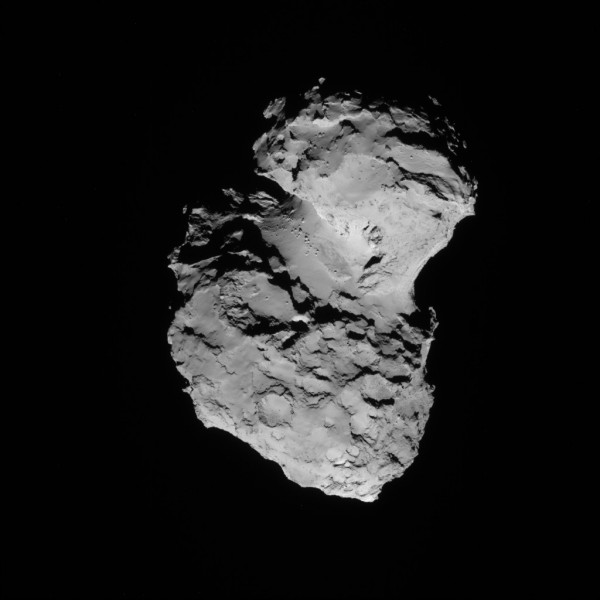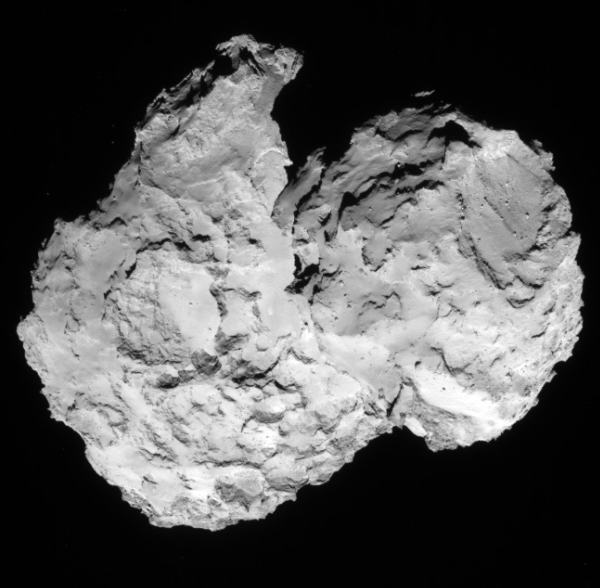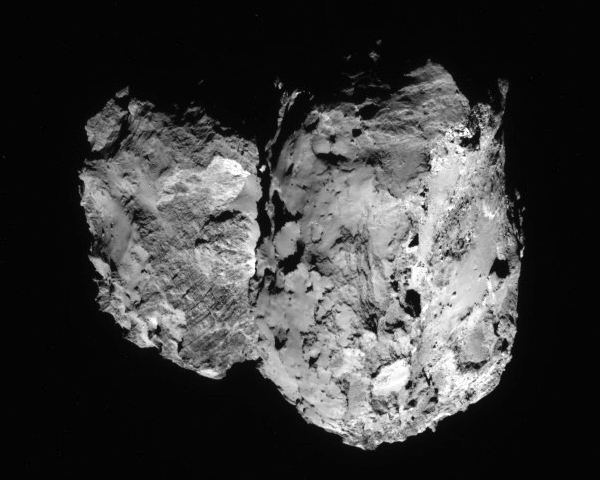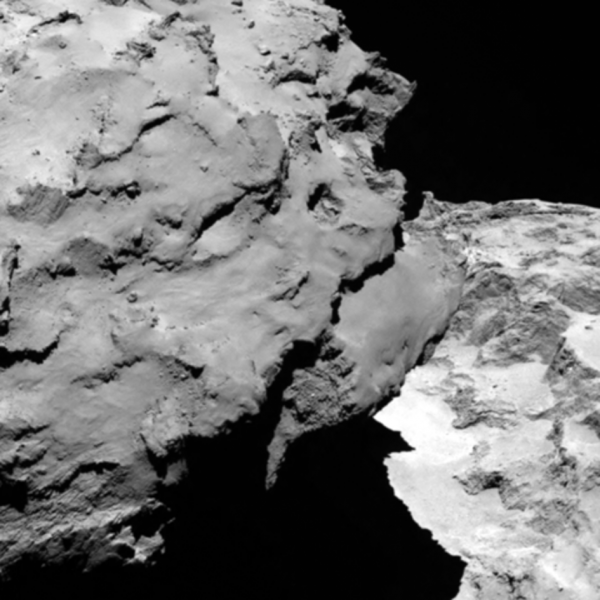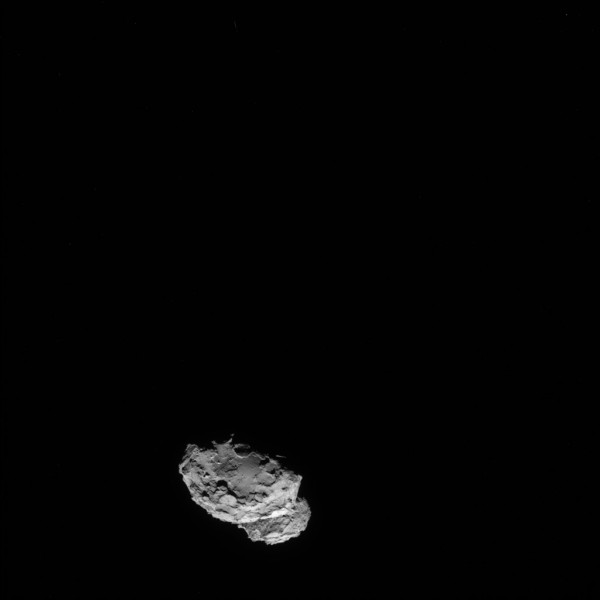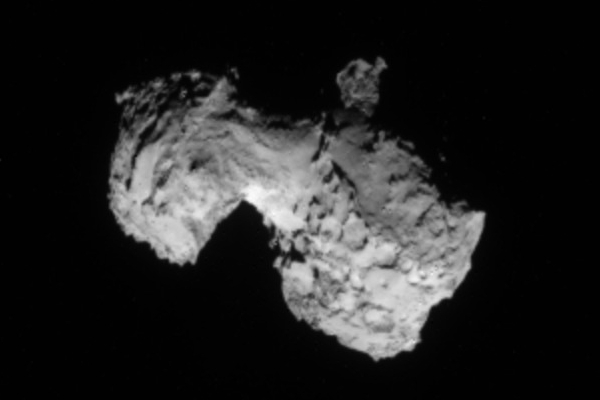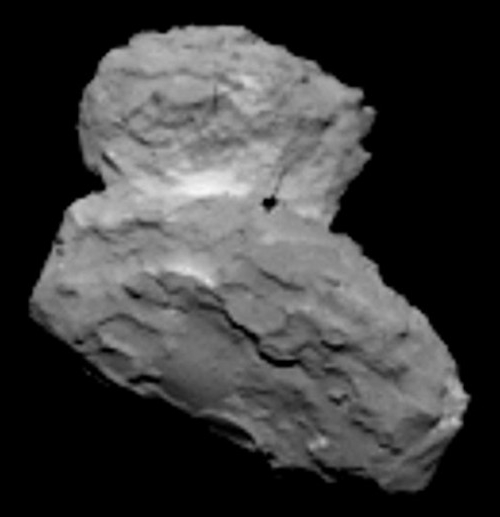ULA CEO steps down
Faced with stiff competition from SpaceX, United Launch Alliance (ULA) announced today a change in leadership.
United Launch Alliance has named a new president and chief executive to replace Michael Gass, who led the Atlas and Delta rocket company since its inception in 2006. Gass will be replaced effective immediately as president and CEO by Tory Bruno, an executive at Lockheed Martin Corp., which formed ULA in December 2006 in a 50-50 joint venture with Boeing Co., ULA said in a statement Tuesday. Gass is retiring at the end of the year, according to ULA.
Despite Gass’s planned retirement, the abrupt nature of his departure has everything to do with the competition from SpaceX, something that every single article about this change at ULA noted.
Faced with stiff competition from SpaceX, United Launch Alliance (ULA) announced today a change in leadership.
United Launch Alliance has named a new president and chief executive to replace Michael Gass, who led the Atlas and Delta rocket company since its inception in 2006. Gass will be replaced effective immediately as president and CEO by Tory Bruno, an executive at Lockheed Martin Corp., which formed ULA in December 2006 in a 50-50 joint venture with Boeing Co., ULA said in a statement Tuesday. Gass is retiring at the end of the year, according to ULA.
Despite Gass’s planned retirement, the abrupt nature of his departure has everything to do with the competition from SpaceX, something that every single article about this change at ULA noted.

